Looking to mix up your hack squats and better target specific muscles? Here are the different foot positions you can use on the hack squat machine and muscles worked.
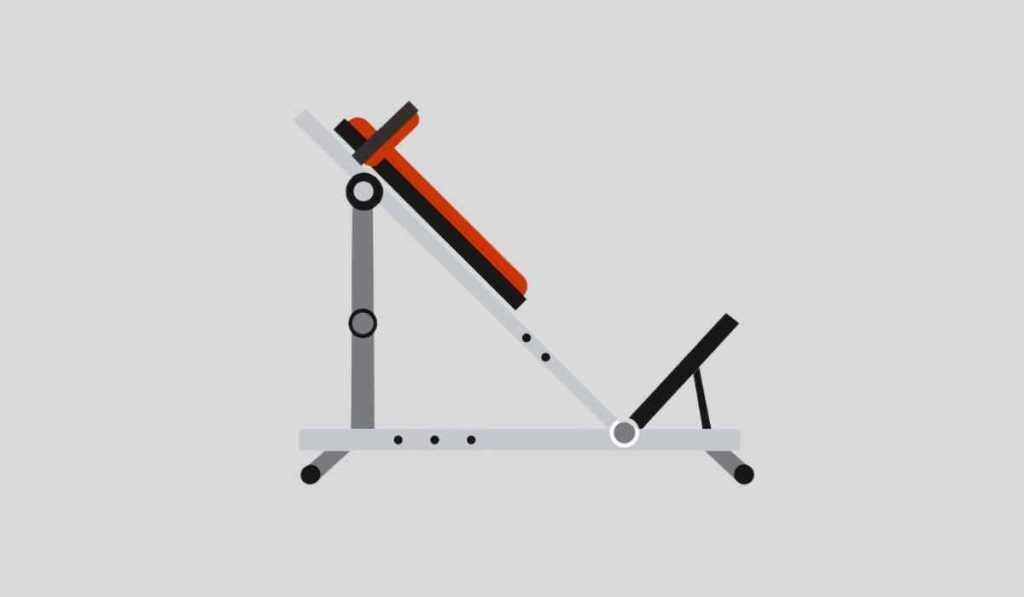
Working on the hack squat machine is an excellent way to max out your quad-focused training sessions and build serious leg power.
But did you know that just shifting your feet slightly can change the way the exercise hits your muscles?
With just a few minor variations in your foot placement, you can target your legs differently and place greater emphasis on certain muscles.
That’s what we’re going to talk about in this guide!
Below, I’ll share with you the seven different foot placements you can use on the hack squat:
- Regular
- High feet
- Low feet
- Narrow feet
- Wide feet
- Externally rotated feet
- Internally rotated feet
As you saw in our leg press foot placement post, each one of these stances will activate your muscles in a slightly different way, giving you a more effective workout overall.
Plus, by changing up your foot placement and posture, you can both reduce injury risk and overtraining.
So let’s dive in and find out everything there is to know about the correct hack squat foot placement!
Hack Squat – Overview
The hack squat is a closed-chain kinetic exercise that utilizes an angled machine that keeps you in a standing position, providing enough support to maintain stability and balance (eliminating the need for your core muscles to engage) while focusing the work entirely on your quads.
The hack squat is an excellent leg exercise that offers a lot of benefits:
- Greater stability because of the machine’s sliding rail. There’s no risk you’ll lose your balance, so it’s safe for newbies to do, and you can max out on your load without the need for a spotter.
- Better focus on the prime movers (quads) to increase hypertrophy, with less CNS demand that could slow muscular growth.
- No lower back engagement makes it ideal for those recovering from injuries or surgeries.
- With all the emphasis placed on your lower body, you can focus on developing correct leg form/posture, which will translate into more effective movement across all lower body exercises.
Hack Squat – Muscles Worked
The prime mover for the hack squat is the quadriceps muscles. These four muscles in the front of your thighs do the hard work of pushing back up from the squat position, propelling you into a standing position at the “end point” of the movement.
However, the secondary muscles engaged also include the hamstrings, glutes, and calves. Your hamstrings are engaged when you slowly lower (under control) into the squatting position, and your glutes engage to stop your descent and begin pushing back upward.
Your calf muscles work with your upper leg muscles through the entire exercise (though there is less engagement than in more calf-specific movements).
See also: Read our hack squat vs leg press post for a more in-depth breakdown of how it stacks up against another lower body machine—the leg press.
The interesting thing about this exercise is that though the “standard” hack squat places the majority of the emphasis on your quads, changing the way you plant your feet even slightly will increase engagement of the other muscles.
Read on to find out about the foot placement options that will help you max out the overall effectiveness of hack squats.
The 7 Hack Squat Foot Placements
Stance 1: Shoulder-Width, Regular Foot Stance
⭐ Best for: Isolating the quadriceps
Always start with the classics!
In this case, the standard stance—feet planted shoulder width apart (or slightly beyond)—is the ideal for beginners, or the go-to for a more effective hack squat.
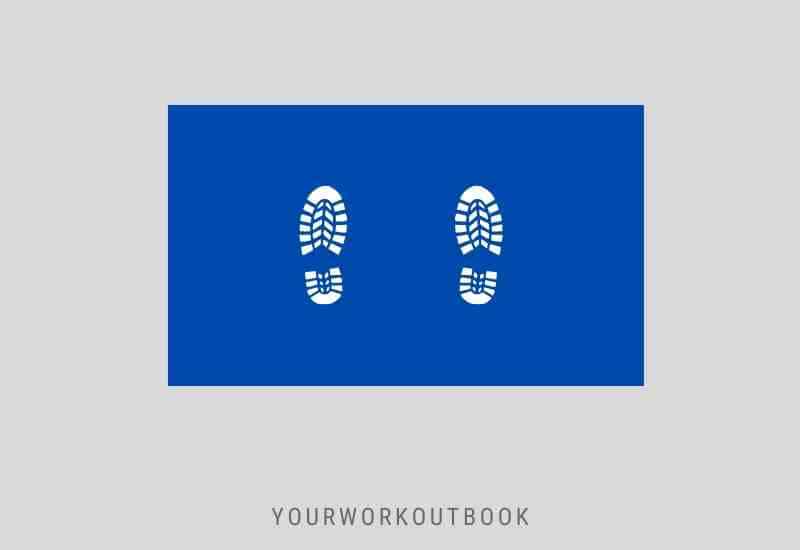
Settle your back and shoulders against the pads, place your feet dead-center on the platform, and get squatting!
You’ll find your knees track slightly forward over your toes, enough to help build the lower thigh muscles as well as targeting your quads effectively.
Stance 2: High Feet
⭐ Best for: Recruiting glutes and hamstrings
If you want to shift the focus more toward the secondary muscles (hamstrings and glutes), slide your feet slightly upward (until your toes are nearly touching the top of the platform).
This new posture will place more weight on the muscles in the backs of your legs, helping you to develop a more powerful backside and strengthening the muscles that engage when you bend forward.
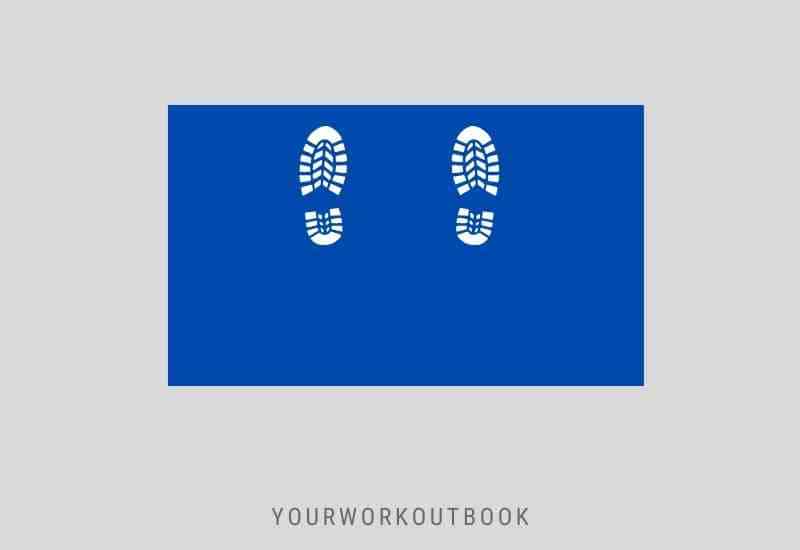
The higher foot position will also increase the recruitment of your hip muscles, and increase hip hinging, which will lead to better mobility in the joints that sadly grow tight due to too many hours spent sitting down.
With this foot placement, pay extra attention to the way you drive up through your feet.
Trainer’s Note:
This small adaptation of a quad-focused exercise isn’t the be-all-and-end-all for building more powerful glutes and hamstrings.
I recommend you still include exercises like deadlifts, lunges, and hip thrusts to strengthen these posterior-chain muscles, which will strengthen your lower back and facilitate better movement overall.
You may feel the urge to lean more on your toes, so make sure to really plant the back foot and push through the heels.
That will keep the focus on your hamstrings and glutes rather than letting the (stronger) quads compensate.
Stance 3: Low Feet
⭐ Best for: Targeting the quadriceps x2
Slide your feet toward the lower edge of the platform, and you’re placing all of the load directly on your quads!
When your feet are placed lower on the platform, your knees extend farther out over your toes at the bottom of the squat, which maximizes quad engagement and increases the time under tension.
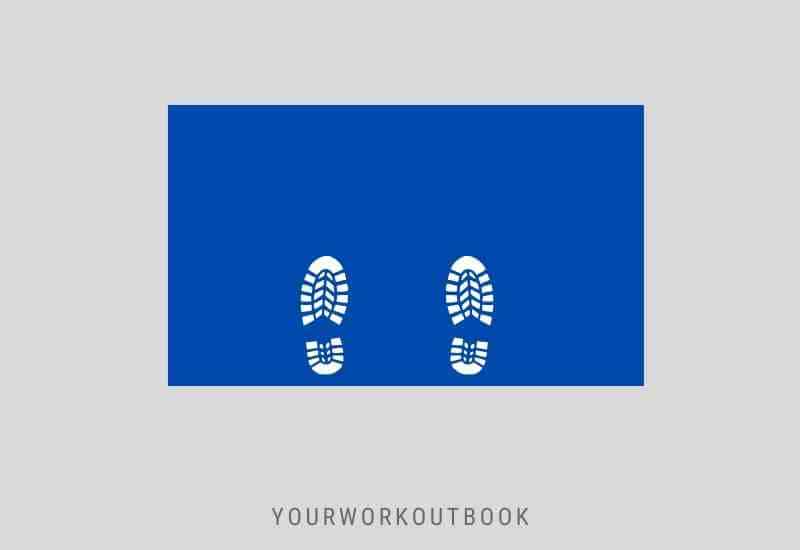
It targets both your vastus lateralis and rectus femoris muscles, helping to build both greater power and size in these two large muscles.
As a bonus, the increased knees-over-toes movement will both build a greater range of motion in the knees and build more muscle fiber in the lower thigh muscles (the VMOs), helping to strengthen your knees significantly.
Stance 4: Wide Feet
⭐ Best for: Deeper squats, increasing inner thigh engagement
A wider foot placement allows you to drop deeper into the squat, which does wonders to:
A) increase knee/hip range of motion, and
B) increase glute/hamstring activation.
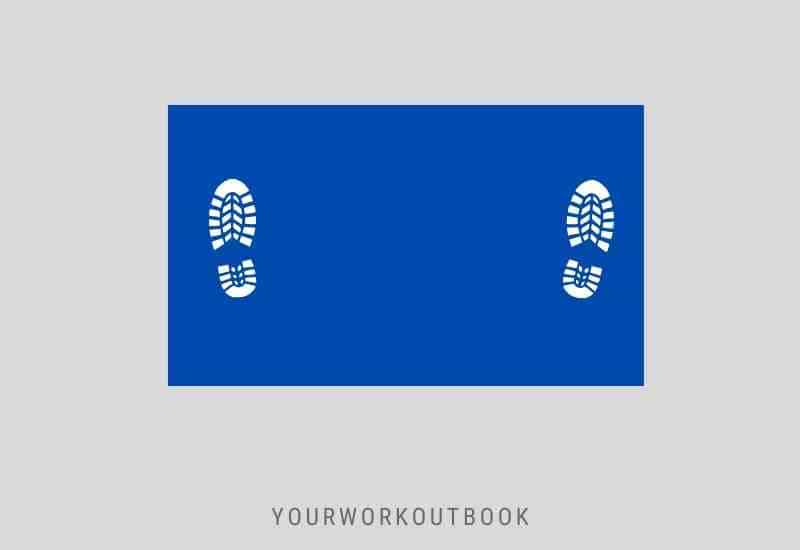
However, it also recruits the inner thigh muscles (the hip adductors), which all too often go ignored and which can cause problems.
Poor hip muscle strength forces your stronger leg muscles (chiefly your quads) to engage to support a heavy load, and can cause strength imbalances in your legs.
Which is why you should definitely try this wide-foot stance!
Slide your feet outward until they nearly touch the edges of the platform, and use this foot placement for a few sets of hack squats. I guarantee you’ll feel the burn on your inner thighs.
Stance 5: Narrow Feet
⭐ Best for: Shredding outer thigh muscles
Sliding your feet closer together—just narrower than shoulder width apart—does wonders to target your outer thigh muscles, the hip abductors.
These are the muscles responsible for pushing your legs away from your body (while the adductors pull them in closer), and are recruited every time you step to the side, get out of your car, climb out of bed, even when you walk.
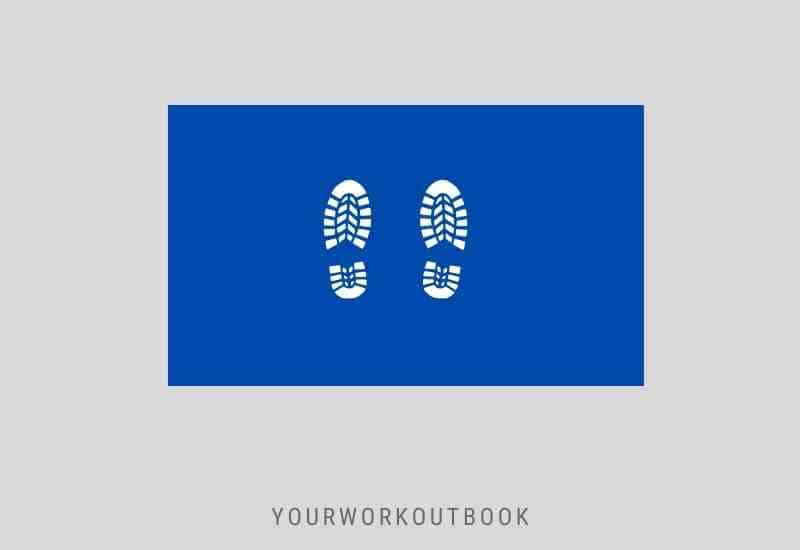
They’re what enable you to smoothly step forward or sideways, making them very important muscles!
Unfortunately, like the hip adductors, the abductors get far less focus than the quads, hamstrings, or even glutes.
Most lower body exercises focus on maintaining straight legs (knees tracking directly forward over your toes), with minimal lateral movement to hit the critical hip muscles.
That’s why I recommend the narrow feet placement for at least two sets of hack squats. That way, you can train the outer thigh and hip abductor muscles that make you more agile and help you keep your balance.
Stance 6: Externally Rotated Feet
⭐ Best for: Bulletproofing your knees
Externally rotating your feet (pointing your toes outward) is a great way to compensate for hip and knee mobility limitations.
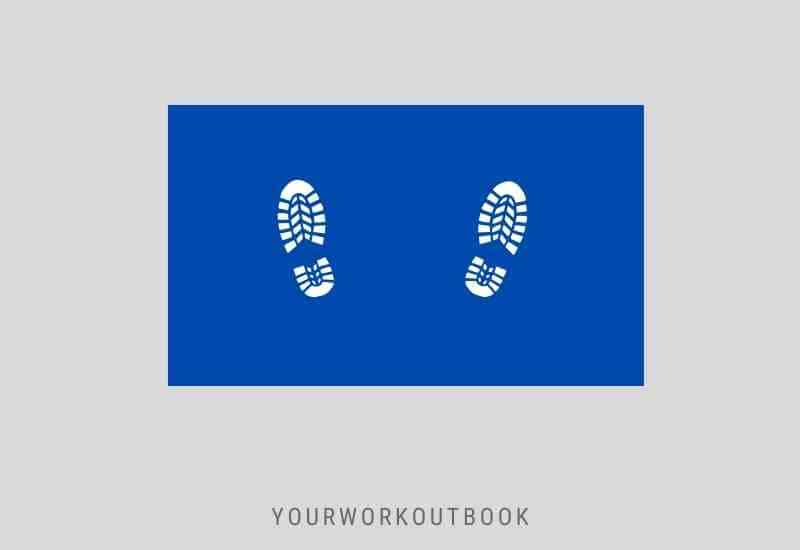
If you feel tension in your hips or knees as you squat, instead of sliding your feet outward or higher on the platform, try twisting at the ankles to point your toes slightly outward. Even just a few degrees can improve your range of motion.
The beauty of this foot placement is that it can be utilized in any of the stances—regular, high, low, wide, and narrow. It also targets the vastus medialis, the muscle directly above your knees.
It can help to strengthen the largest quad muscle which offers the most support to your knee joint, essentially “bulletproofing” your knees and protecting against injuries.
Stance 7: Internally Rotated Feet
⭐ Best for: Building a more solid base (but still not a good choice for most lifters)
Internally rotating your feet (pointing your toes inward) will focus more on the vastus lateralis, the outer quad muscle1.
It’s a muscle that doesn’t get as much attention as the quadriceps femoris or vastus medialis, but which plays a critical role in keeping you stable and well-grounded as you lunge, squat, run, and jump.
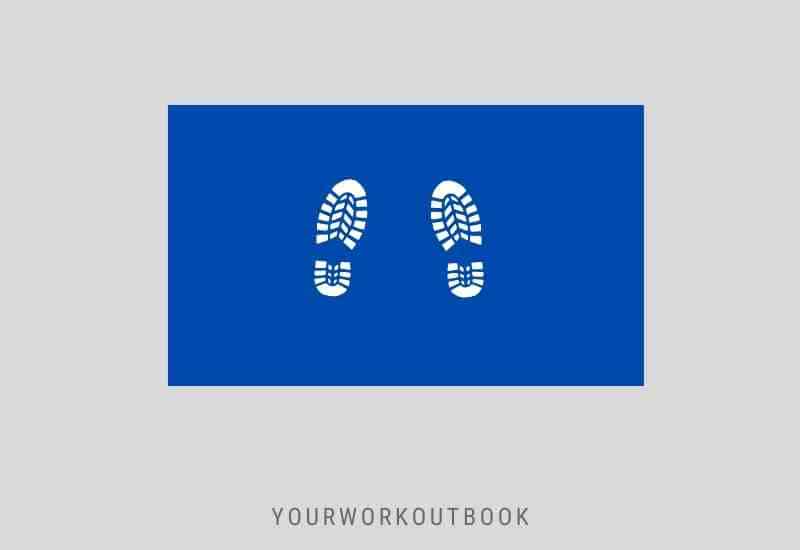
Don’t try to point your toes too far inward; that could lead to a higher risk of knee strain!
This foot placement carries a fair amount of risk for those with less stable knees and should be done with minimal weight, and frankly, I wouldn’t recommend it all for most lifters.
The Bottom Line
Hack squats are already one of the most effective exercises for building serious leg power, isolating your quad muscles to ensure maximum hypertrophy.
With just a few tweaks/variations on your stance and foot placement, you can drastically alter the way the exercise targets your legs.
Whether you want bigger quads, more powerful glutes/hamstrings, or even stronger hip adductors/abductors, you’ve got plenty of options just with the one exercise!
Next time you’re putting together a lower body routine involving hack squats, consider these foot placement options to help you craft a workout that targets your legs most efficiently to build real power in all the critical lower body muscles.
More Guides Like This
4 Hack Squat Alternatives for Building Monster Quads (For Home and at the Gym). Looking for some ways to mix up your leg day routine? Here are my favorite hack squat alternatives for building strong and muscular legs.